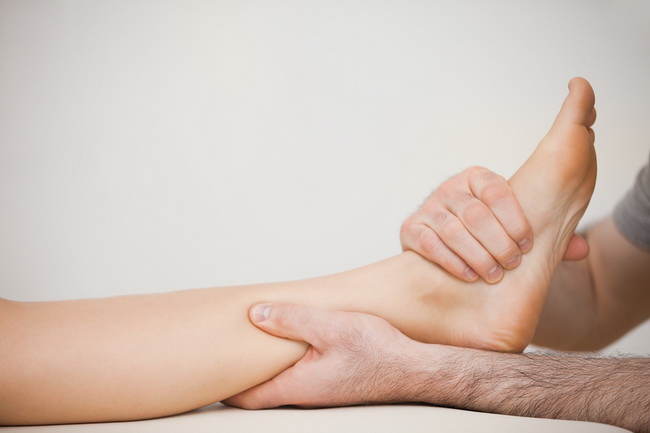- Make It Yourself Lavender Heart-Shaped Bath Bombs!
- 20 Things You Never Knew About “Down There”
- 12 Best Foods For Those Suffering From Arthritis Pain
- 12 Personal Hygiene Mistakes Almost Everyone Makes (Mom Never Told You About #4!)
- 15 Medicinal Plants And Herbs From The Cherokee People
- 12 Mind-Blowing Benefits Of Drinking Coconut Water During Pregnancy
- 12 Outstanding Winter Foods That Won’t Fatten You Up Like A Christmas Turkey
12 Best Home Treatments for Achilles Tendonitis (#4 is Awesome!)

Photo credit: bigstock.com
If you are one of those “weekend warriors” who has injured your Achilles tendon due to overuse, whether it be from dance, football, soccer, tennis, volleyball, running, or whatever your favorite sport is, you know how terribly painful and debilitating this condition is.
Achilles tendonitis is overuse of the tendon that attaches your calf muscles on the back of your leg to your heel. The damage usually happens because people don’t warm up before exercising or suddenly begin doing much more than they did before; for example, suddenly playing soccer 4 times a week when before it was only once a week.
Ladies, sometimes Achilles tendonitis happens when you wear those skyscraper heels for long hours. Other factors for developing this condition are those who have flat feet, obesity, high blood pressure, or diabetes.
Most people find Achilles tendonitis brings them stiff, sore muscles, painful walking, even simply trying to stand is painful ordeal.
Serious cases can lead to a rupture, in which case, surgery is your only option. However, as long as you haven’t reached that point, you can turn this painful problem around using a few of the following 12 home treatment methods.
Every person is different and what works for one does not always work for another. This is why you should always consult your doctor or physical therapist to be certain that you are doing what is right for you and your special condition.
1. Ginger
This spice works great both internally and externally. Ginger has powerful anti-inflammatory and antioxidant compounds which not only improve blood circulation, but reduce overall pain and swelling by reducing inflammation. Try drinking two or three cups of ginger tea each day. You can also add ginger to your cooking. Try massaging the affected area with warm ginger oil twice each day as well. You can take ginger supplements, but speak with your doctor to determine the correct dosage for your condition.
2. Ice It
Using ice or a cold compress is always good for reducing swelling and pain. It can also relax the muscles, which should relieve pain as well. Wrap a few ice cubes or an ice pack in a towel and hold it on the affected leg or attach it with some rubber bands or bits of cloth to secure it in place. Allow the ice to do its job for 15 minutes, then remove for at least another 15 minutes to avoid damaging the skin. You can repeat this several times each day. If the ice is too cold and causes you more pain, try a washrag that has been soaked in cold water instead. Never apply ice or an ice pack directly on the skin as you can cause frostbite in a matter of minutes.
3. Don’t Smoke
Not even that herbal supplement, not as long as you are trying to heal. Smoking anything slows the healing process because it decreases the blood supply to the affected leg and delays the repair and regeneration of tissue.
Continue to Page 2
































